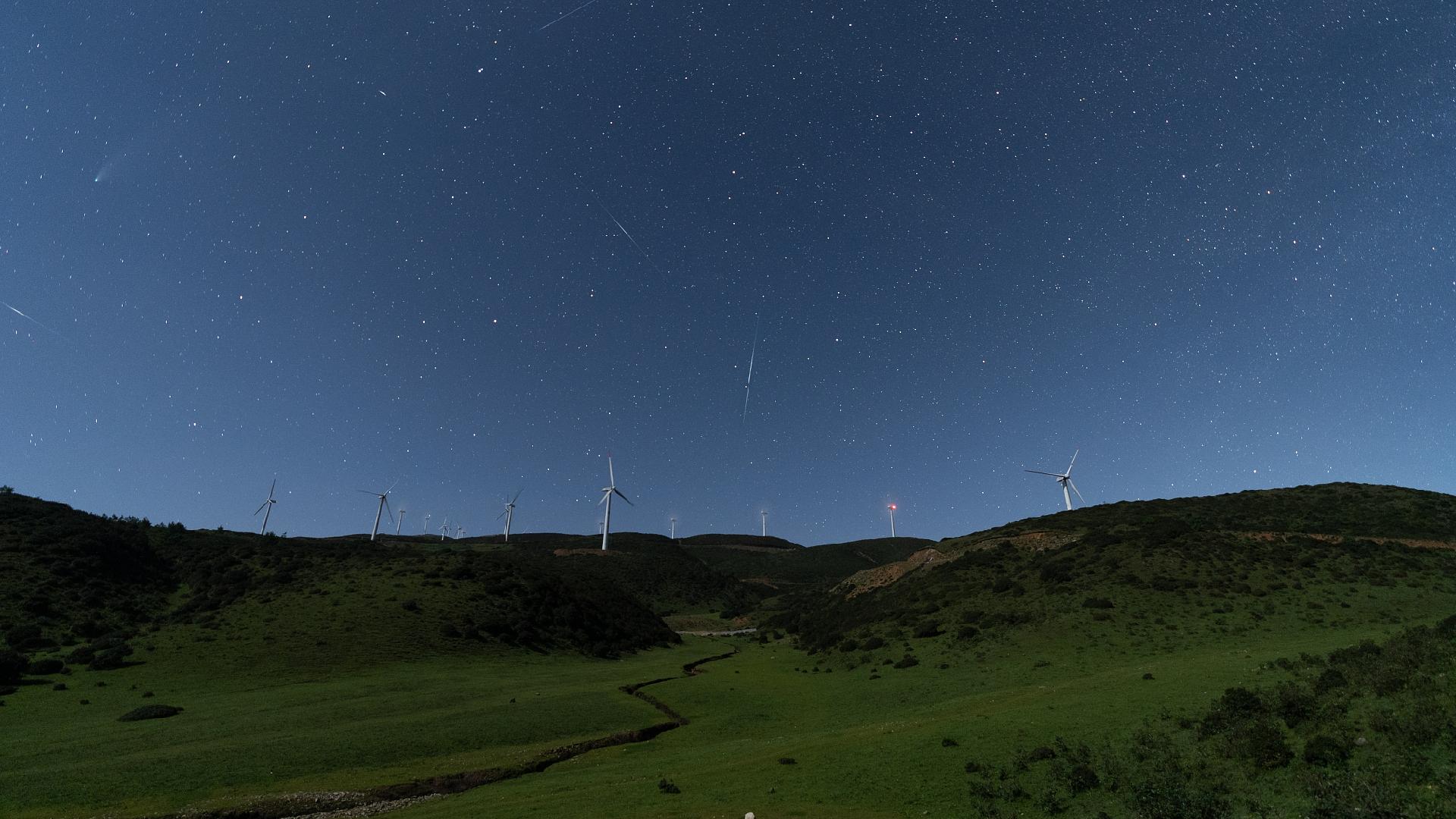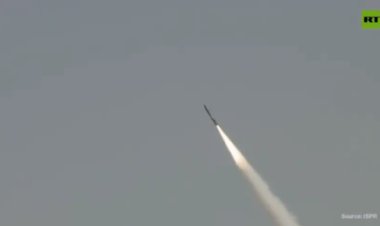Two Meteor Showers Expected to Illuminate the Sky
Title: "Two Meteor Showers to Flash Across the Sky" Get ready for a celestial spectacle as two meteor showers are set to light up the night sky.

The Southern Delta Aquariid meteor shower reaches its peak in late July. This year, it will coincide with the Alpha Capricornids, a smaller meteor shower.
The Delta Aquariids make their annual appearance in North America's late summer. This year, peak activity occurs early Tuesday morning, with expectations of seeing 15 to 20 meteors per hour in the Northern Hemisphere, under dark skies. Viewing is expected to be even better in the Southern Hemisphere. According to the American Meteor Society, the shower will continue through August 21.
Simultaneously, the Alpha Capricornid meteor shower will produce around five meteors per hour and lasts until August 15.
Here’s what you need to know about the Delta Aquariids and other meteor showers.
What is a meteor shower?
Multiple meteor showers happen yearly, and no special equipment is needed to see them.
Most originate from comet debris. The Delta Aquariids are thought to come from comet 96P/Machholz, while the Alpha Capricornids originate from comet 169P/NEAT.
When space rocks enter Earth's atmosphere, the air resistance makes them very hot. This causes the air to glow around them, briefly leaving a fiery tail – the phenomenon known as a "shooting star."
The glowing air pockets around fast-moving space rocks, which can range in size from dust particles to boulders, might be visible in the night sky.
Although these two meteor showers are not high in volume, the Alpha Capricornids often produce very bright meteors, according to University of Warwick astronomer Don Pollacco.
For skywatchers, "one bright one is worth 20 faint ones," he said.
How to view a meteor shower
Meteor showers are most visible between midnight and predawn hours.
It’s best to view them under dark skies, away from city lights. Meteor showers also appear brightest on cloudless nights when the moon is at its smallest waning phase.
Your eyes will adjust better to the dark if you avoid checking your phone. "It ruins your night vision," said NASA's Bill Cooke.
The Southern Hemisphere will have the best view of Delta Aquariids. With the moon waning at around 30 percent full, the best viewing will be after midnight.
When is the next meteor shower?
The meteor society maintains an updated list of upcoming significant meteor showers, including peak viewing times and moonlight conditions.
The next major meteor shower will be the Perseids, peaking in mid-August.
Olivia Brown contributed to this report for TROIB News
Discover more Science and Technology news updates in TROIB Sci-Tech












